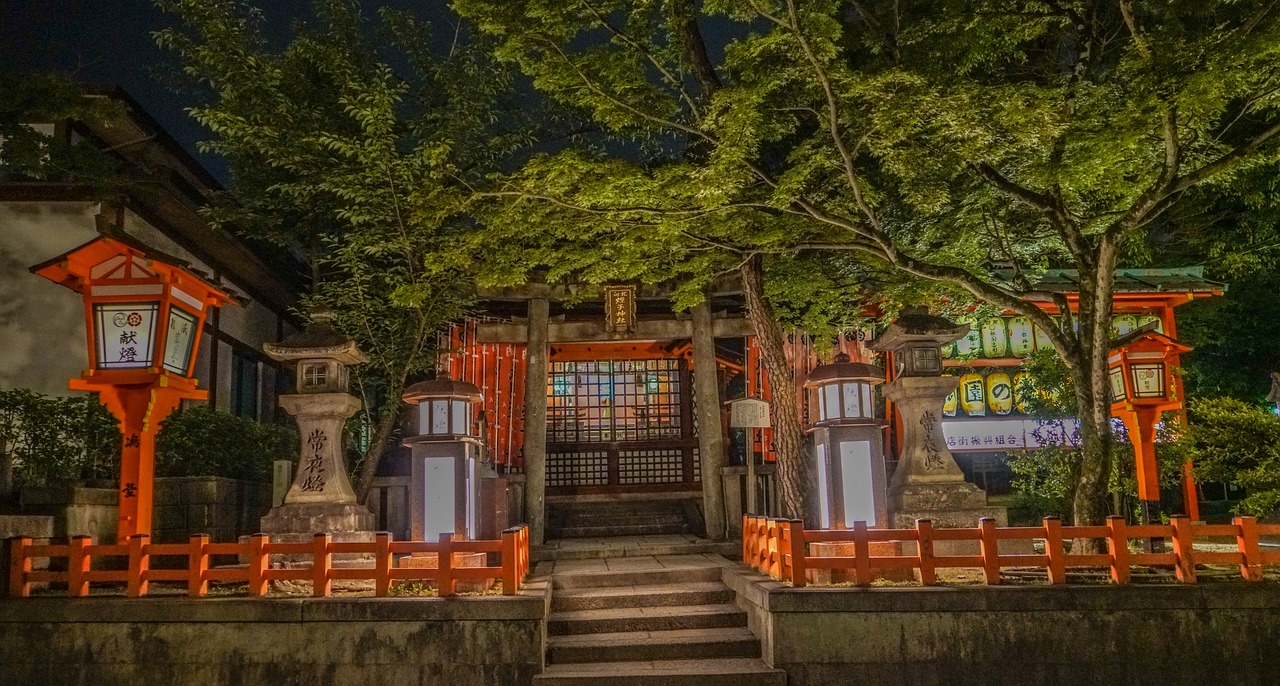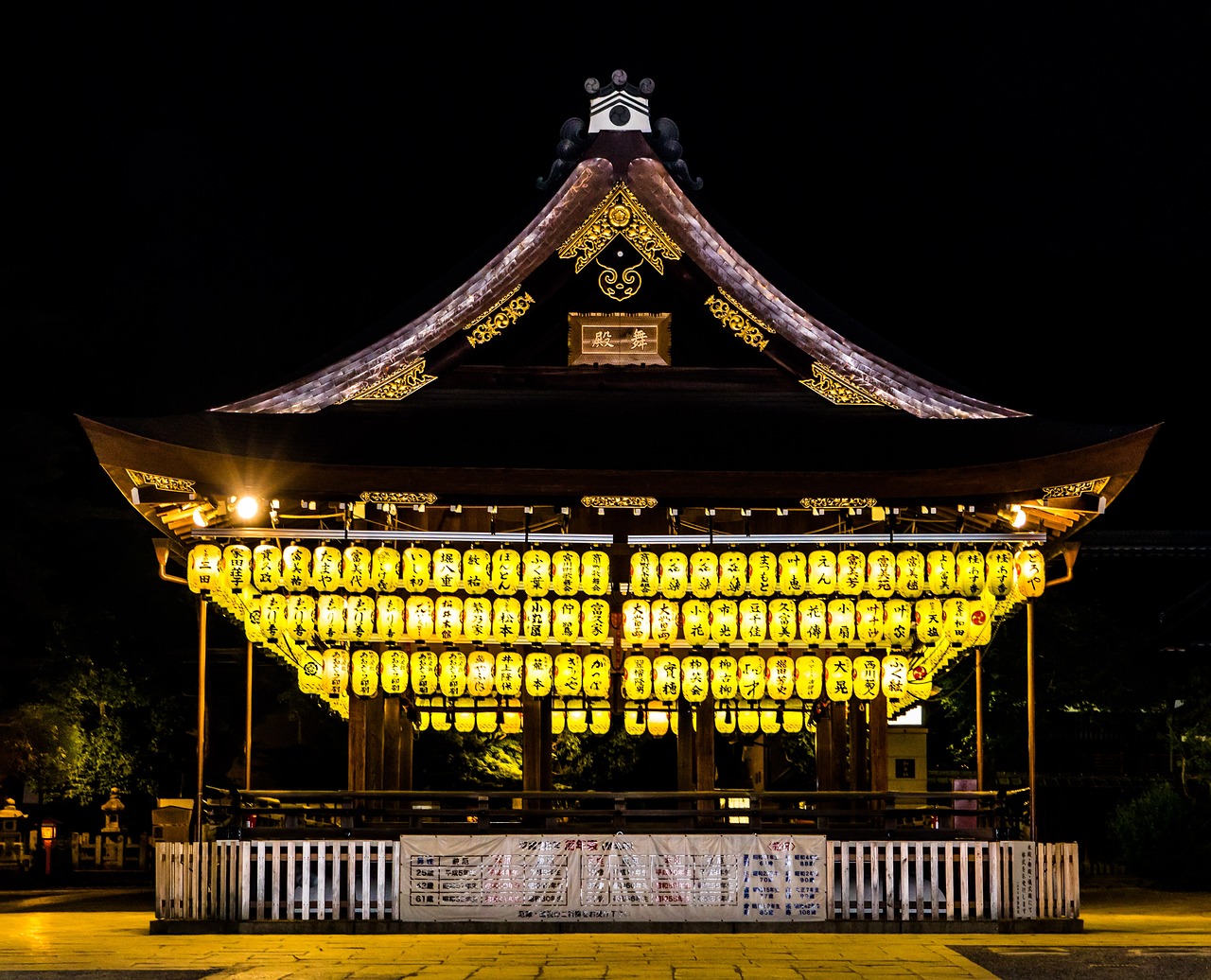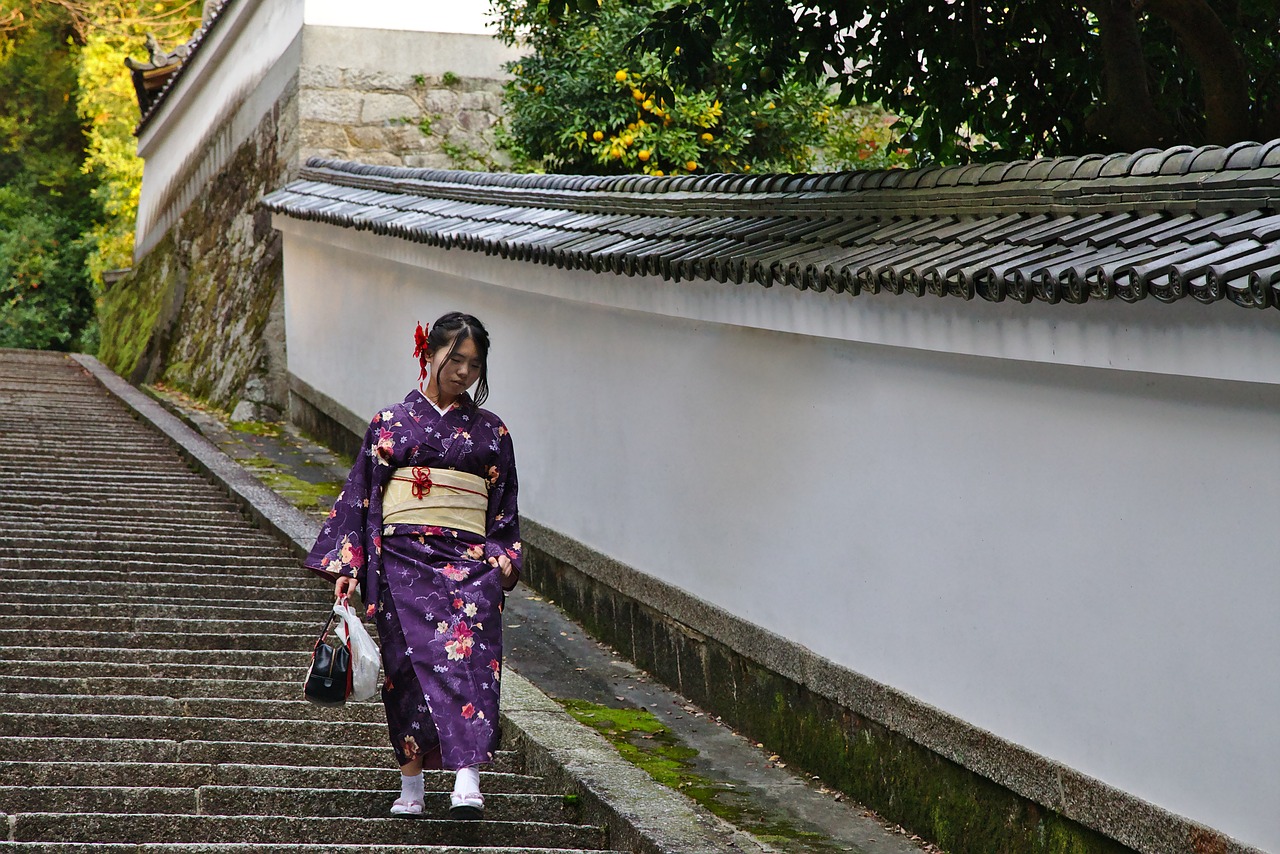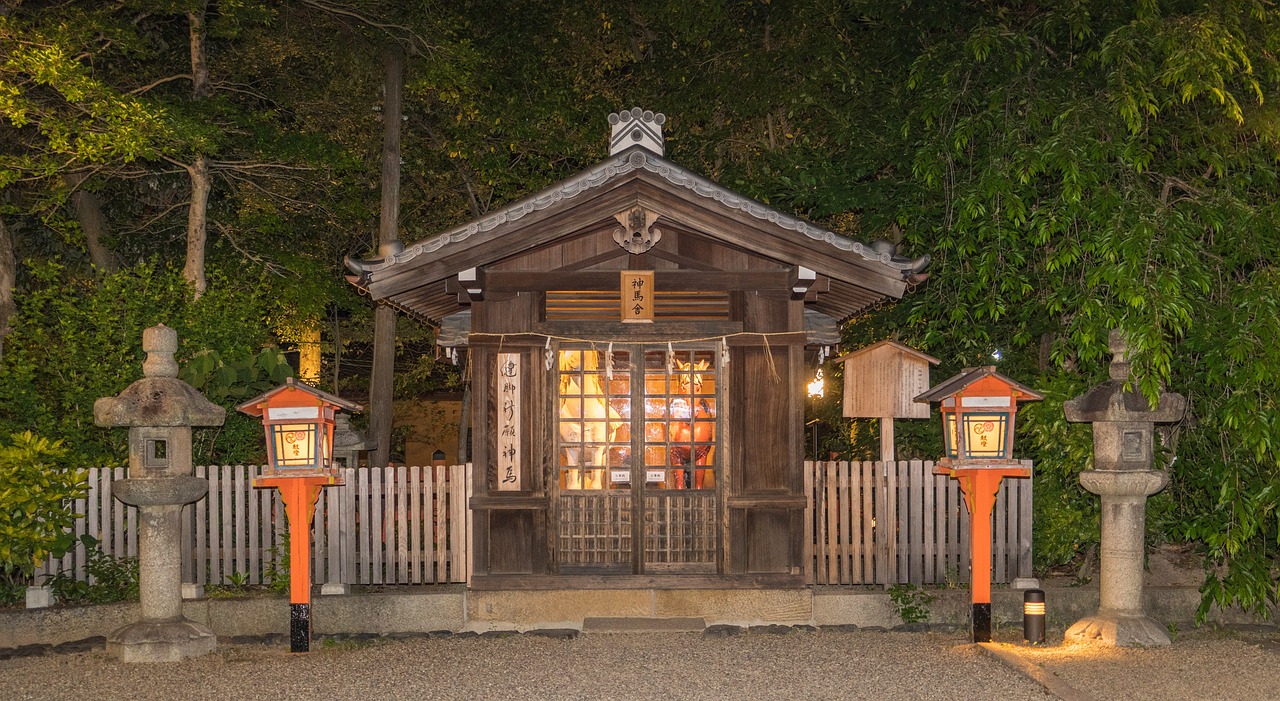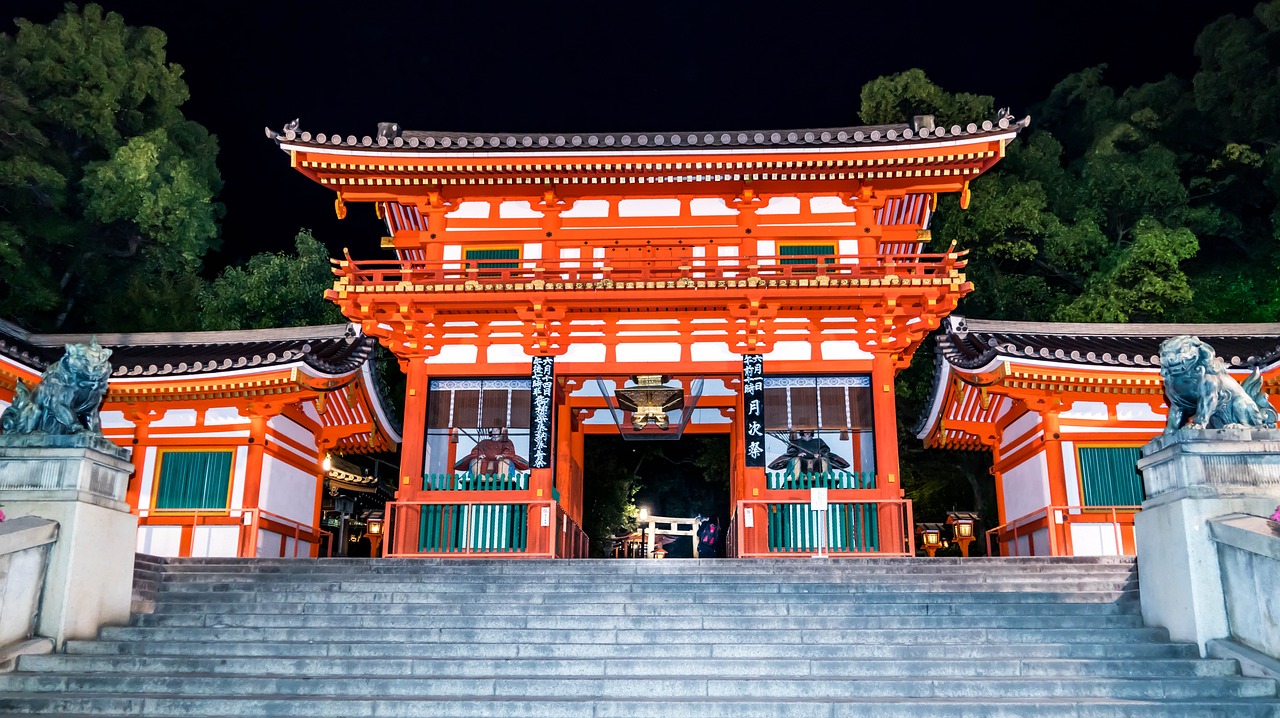Exploring the Gion Tourist Ban in Kyoto: What You Need to Know
Win a Free Trip to Japan!
Experience cherry blossoms and ancient temples
Ah, Kyoto! The land of serene temples, breathtaking gardens, and the enchanting world of Geisha. But wait, what’s this? A tourist ban in Gion? Fear not, my fellow travelers, for Gion is not a no-go zone! Instead, it’s about protecting the delicate balance between tourism and local life. So, grab your virtual map, and let’s explore this fascinating topic together!
Understanding the Reason Behind the Gion Tourist Ban
First things first, let’s delve into why these new rules are coming into play. Gion is a historic district with narrow alleys and traditional wooden buildings, designed primarily for pedestrians, not for the bustling crowds of tourists. Imagine trying to navigate a quaint little street filled with excited visitors snapping selfies—it gets crowded, and not just with people but also with litter and noise!
This overcrowding has led to some serious issues. Local residents and Geisha have found themselves at the mercy of tourists treating the area like a playground. Imagine a serene Geisha trying to make her way to an important engagement, only to be stopped every few steps for a photo op. Not cool, right? This is why community leaders decided to step in, aiming to protect the local culture and maintain the charm of Gion.
What Exactly is the Gion Tourist Ban?
Let’s clarify one thing: tourists are not banned from visiting Gion altogether. You can still stroll down the famous Hanami Koji street and soak in the vibrant atmosphere of the district. However, some alleys have been designated as private property, and access to these areas is restricted.
- For example, Kosode Koji is the main alley now marked with no-entry signs.
- These signs are in multiple languages (English, Japanese, and Chinese) to ensure everyone understands the rules.
- Violators could face fines of up to 10,000 yen—yikes!
Essentially, the goal is to keep the private areas serene for the locals while still allowing visitors to enjoy the heart of Gion. This means being a responsible tourist is more important than ever!
Mapping Out the Gion Tourist Ban
On May 29, 2024, the first no-entry sign was installed, paving the way for the new guidelines. But where are these private alleys, you ask? Picture a map of Gion, with sections marked in red and orange indicating where the no-entry rules apply.
| Color Code | Road Type | Access |
|---|---|---|
| Red | Private Roads | No Access |
| Orange | Kosode Koji | No Entry |
| Blue | City Maintained Roads | Open Access |
While these private roads are off-limits, many restaurants and cafés are still accessible. Just remember, these spots are for guests and locals, so be respectful!
Will This Impact Your Visit to Gion?
Worry not, adventurous spirit! The Gion district is still a treasure trove of sights and experiences. The main streets remain open for exploration, and you won’t miss out on the unique atmosphere that Gion has to offer. Just keep an eye out for the signs indicating private property and adhere to the guidelines—it’s a small price to pay for preserving this magical place.
Respecting the Geisha: A Cultural Understanding
The heart of the matter lies in respecting the Geisha, who are not just beautiful figures in kimonos but skilled performers and cultural custodians. These young women, some as young as 16, dedicate their lives to mastering traditional Japanese arts, and they deserve your respect. So, what can you do to show it?
- Keep Your Distance: If you see a Geisha, step aside and let them pass without blocking their way.
- Say Hello: A friendly nod or greeting can go a long way.
- No Photos: Avoid taking photos without permission—think of it as a personal space violation!
Remember, Geisha are not characters in a theme park; they are real people with real lives. Their presence adds to the cultural tapestry of Japan, and treating them with kindness is essential for a respectful visit.
Conclusion: A Call for Respect and Understanding
Traveling is about experiencing new cultures, and part of that experience is learning to respect local customs and traditions. By being mindful of the rules in Gion, you help preserve the magic of this historic district and ensure that future visitors can enjoy it just as you did. So, the next time you wander through Kyoto, embrace the beauty of Gion while keeping in mind the importance of being a considerate traveler. Happy exploring!
